


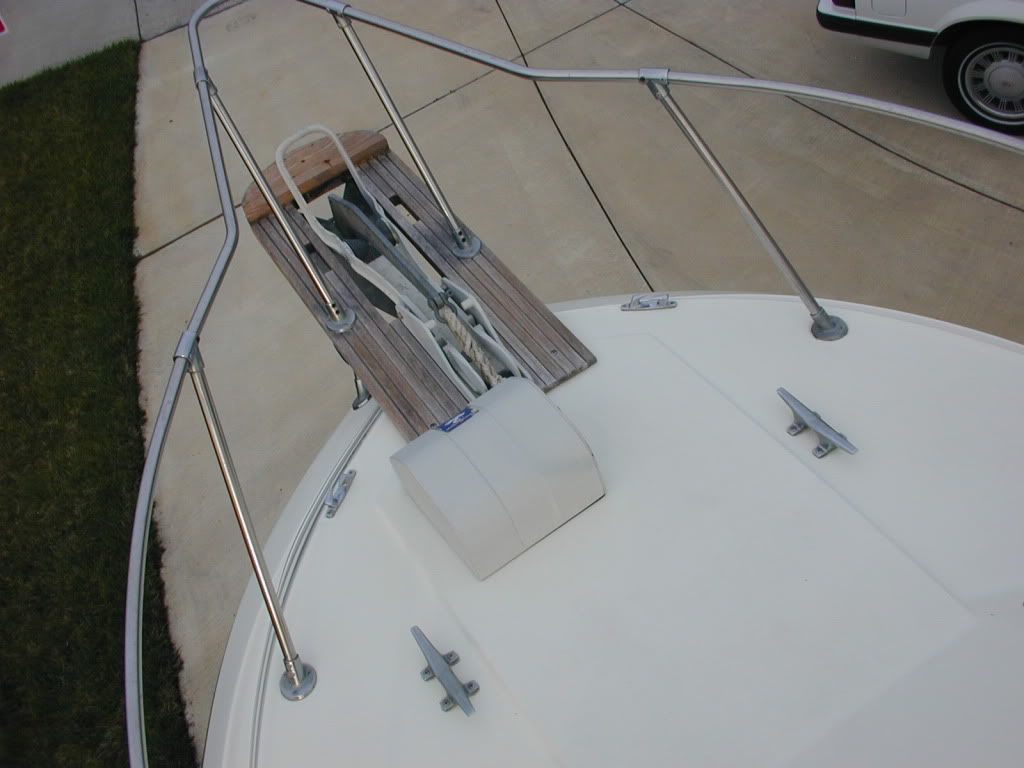

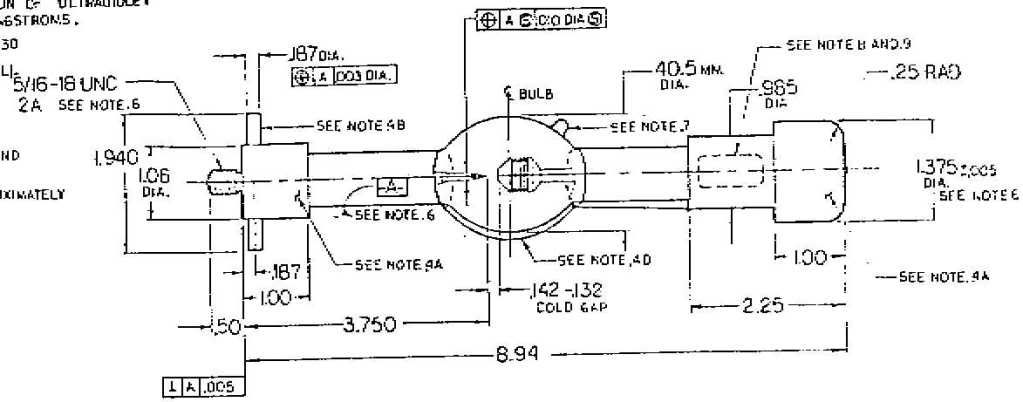
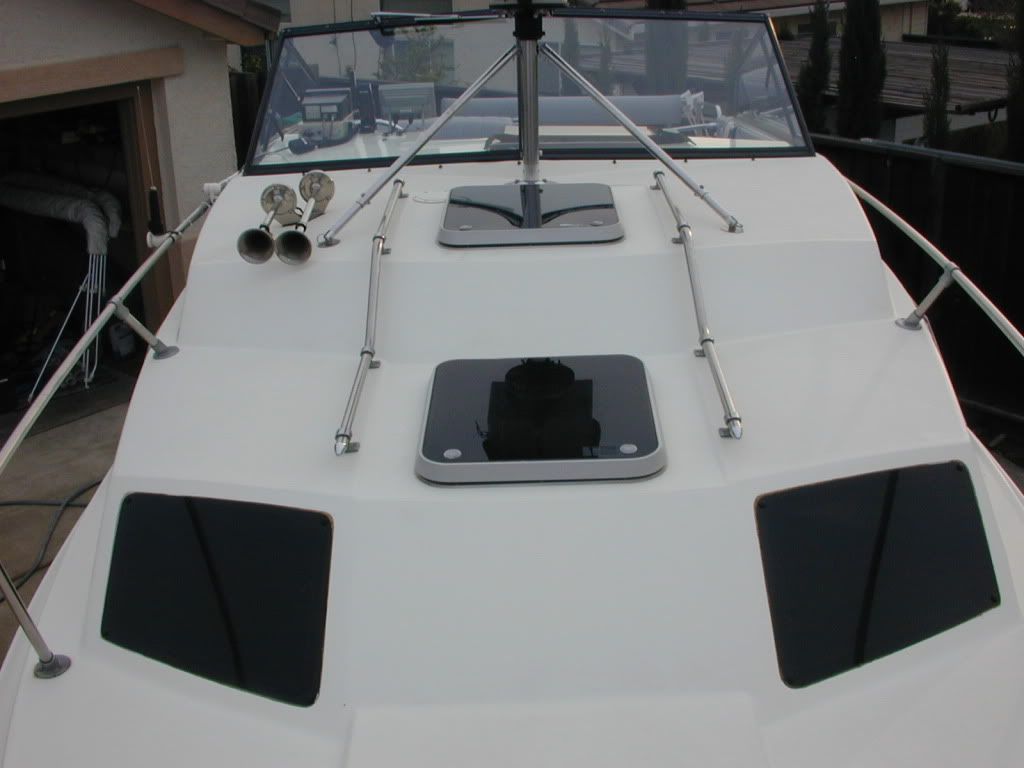
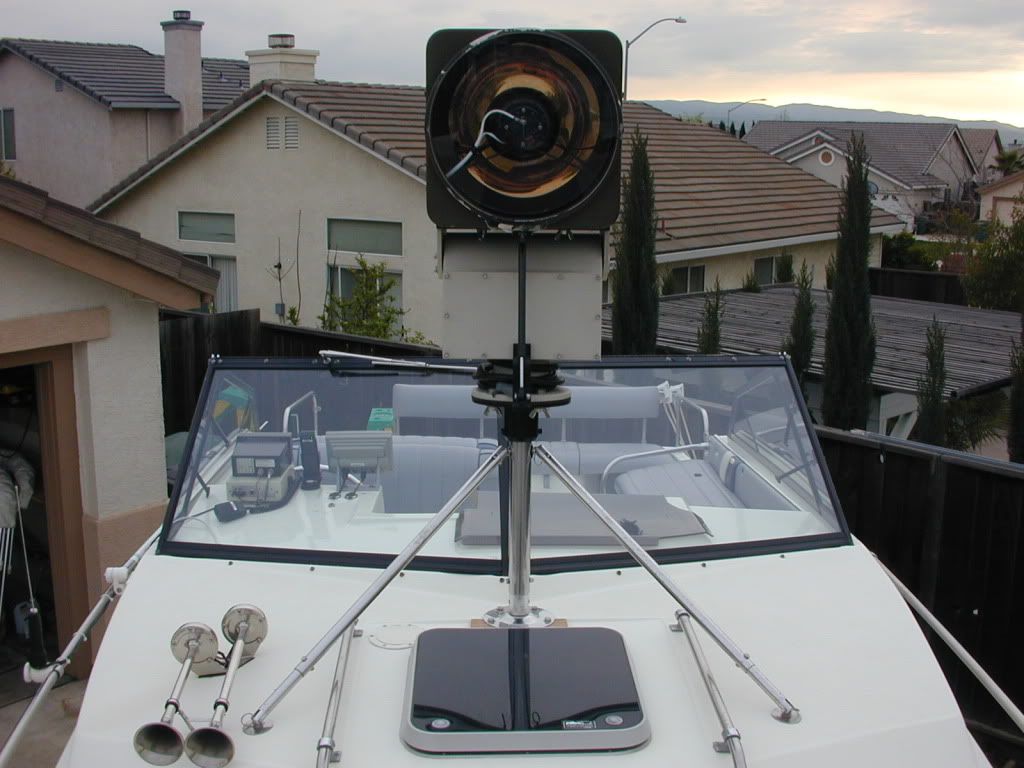

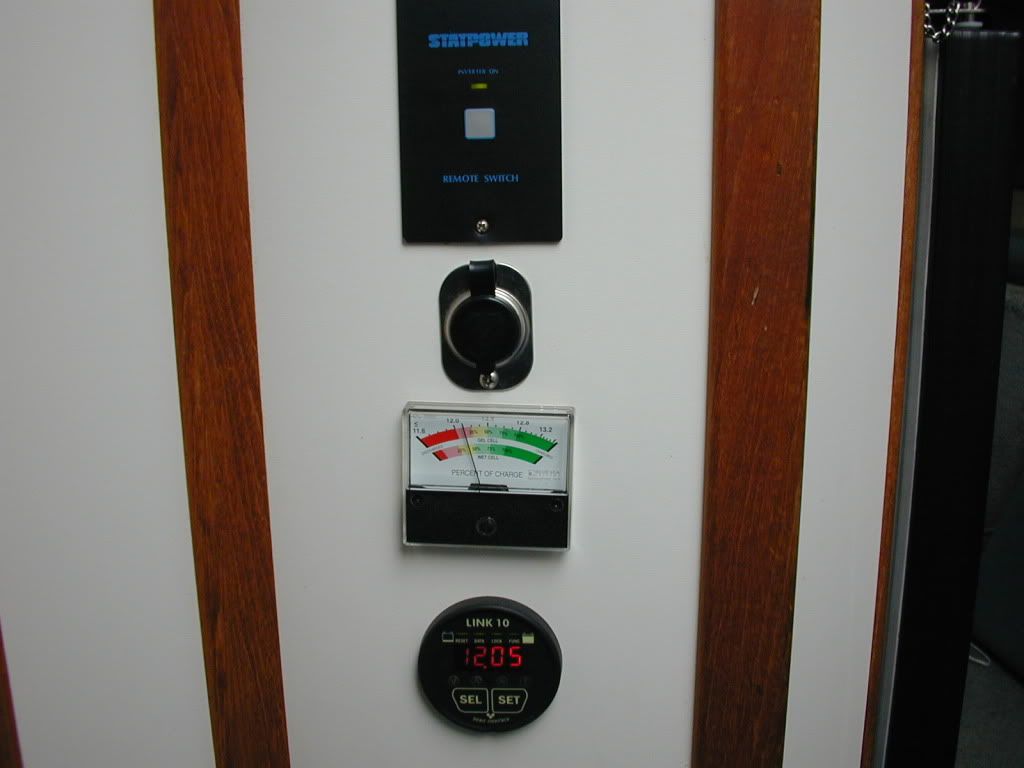
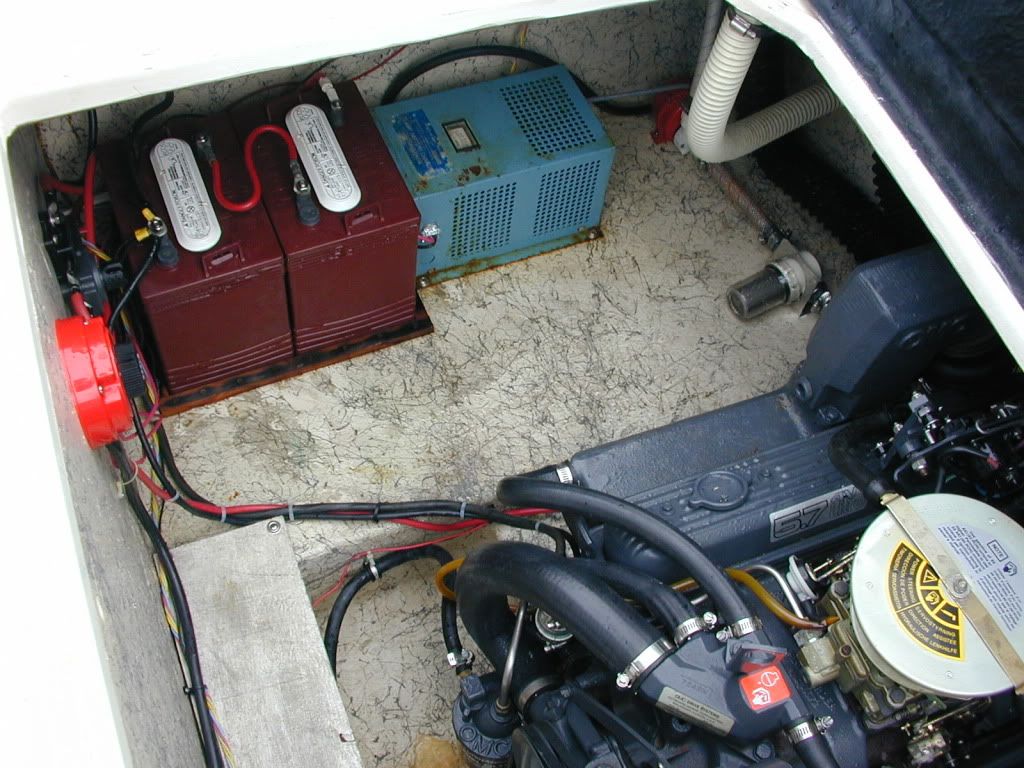

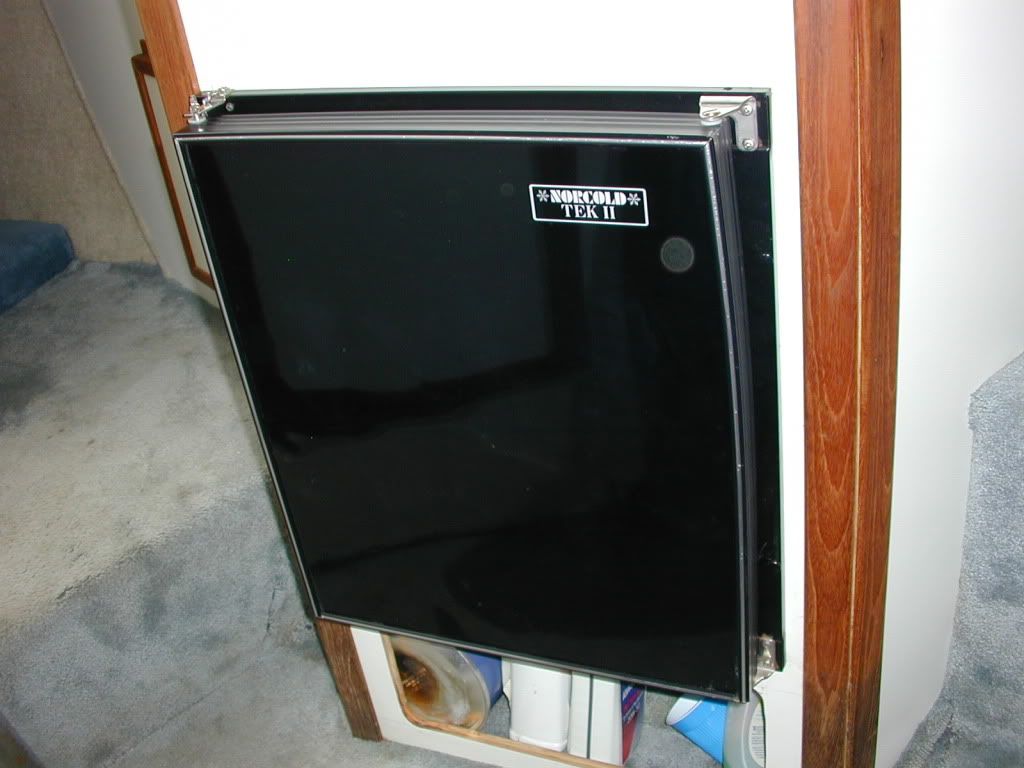



























a vss 3 drooooool
I would love to see some beamshots of that puppy!!!!
there are a couple beamshots on cpf
for example

Can you cook on it? I bet you can...
Who needs sun anymore?
Very nice bro. At least you'd have a real good use for this puppy, which is great!
Stylish ones : http://www.francis.co.uk/technical.asp#panel-3
Performance ones : http://www.francis.co.uk/technical.asp#panel-5
For me PBCP is good but i'd prefer metal halide as i'd like a thicker beam with lots of lumens as well as throw. Eg i'd much prefer TK70 95k lux 2200 OTF 5 mins than SR90's 120k lux @ 1m and ~1300 OTF 5 mins. As you can see the metal halides are not outdone by the xenon short arcs. But it can be argued that the differences in the systems bulbs are not there, eg the metal halides are very close to xenon specs/built.
Happy playing, i am still searching for "my kind of light".
The lights you linked are for full displacement ships and wouldnt survive in a high impact environment.
The VS3 was by far the least expensive part in the entire project, but I sure got my use out of it and often used it to its fullest potential. Also, watt per watt, metal halide wouldnt provide the range necessary in this application, nor would the bulb survive the constant high impact loads a high speed boat, aircraft or moving tank delivers to it. The VS3 can be a flooder as well; I mentioned it in the review, but it has a variable focus that actually moves the bulb in and out electronically as well as warping the reflector shape to provide for the best possible flood beam. Of course everything has a price, and at $50,000 in 1970's dollars, it was very expensive to produce. It still remains a favorite today for military enthusiasts that enjoy collecting armored vehicles. I have a friend that flies helicopters equipped with Nightsun's best, and the VS3 has a superior beam pattern in flood mode.
I found an interesting link on CPF. This guy was only running at about 1/4 - 1/3rd the potential of his VS3 because it was powered by batteries. Check out post #9 after he corrects his camera for white balance and watch the other hand held HID lights fade to black. As has been mentioned many times before across the internet, a camera cant capture the real experience and power of the VS3. To put it into perspective, its probably at least 10,000 times brighter than the SR90 in measured candlepower (U.S. military defined as: light on target in center beam @ maximum usable range).
Oh wow! That entire rig looks like a lot of fun. But if you only show a glimpse of the engine in the pictures you simply have to give us details. 350 V8? Ford or Chevy? 4-valves/cyl twin overhead cam or pushrod? Is that a carb or an air filter I see? Or is it diesel?
Truly incredible write up, and a sweet job on this project. And bonus points for the beautiful scenery. Automatic frontpage and sticky for this article. Mind if I move it to the "spotlight" category?
Thanks again!
P.S. You forgot to post the link to this light on DX. :p
Wow, your small vessel is subjected to high-impacts? In what sense?
OT a bit and just for knowledge....Not really sure about that range part, technically/theorectically speaking, the MH range also have "short-arc" versions as well, i sure did not know this till recently. Ignoring the accuracy of the specs (they are pretty close, as Ushio/Philips/GE also have similar stuff), 240000 lumens for 8mm arc length = 30000 lumens /mm. But basically the lines are somewhat blur at this juncture, because as you can see such bulbs which are used for advertising/stage don't have a lot of hours as well. With a 18" aperture, you can get like 0.6-0.8 deg divergence which hangs around with the tank lights.
http://www.youtube.com/watch?v=APbk6vcZR5E If one is after such things for fun, it is 850 bucks shipped to here for a 5kW version, but it is big. A UPS would make it movable. (I don't think that is expensive, people can pay 2.5k for a PH50/Maxabeam!). Has even CE certification.
Anyway, if you want another one (and since you said that it is the cheapest component LOL!), there is another on sale at CPF right now, in the Spotlights and HID section.
You can get such bulbs on aliexpress. Someone made a 1.5kW bike light. Comparison with dealextreme's SSC P7. (this belongs to Siamese on CPF)
http://www.youtube.com/watch?v=UVz8P9H8nME
http://www.youtube.com/watch?v=Um7oRyHt_1s
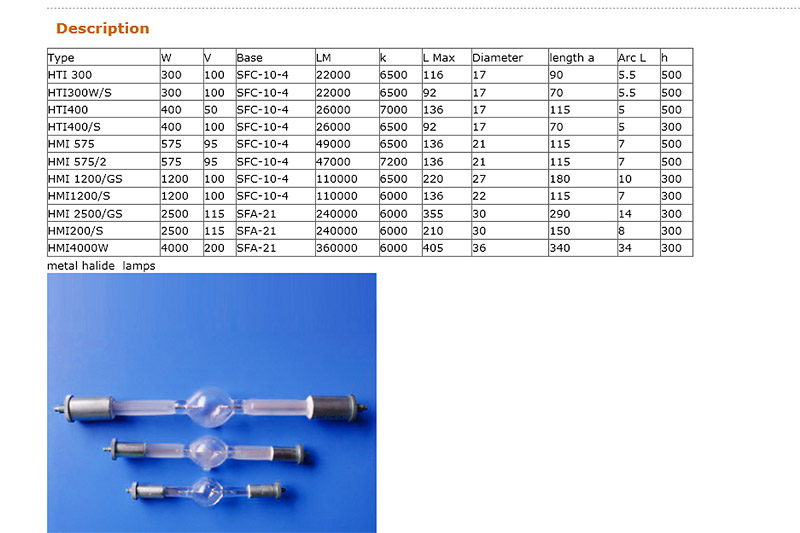
But seriously, on a bobbing boat, i'd really prefer say 5 deg beamwidth than 1 deg beamwidth. Luckily the tank light is focusable. 
PS. Your 1kW bulb has a 3.5mm arc gap. Interesting, thanks a lot for the diagram! Compare with the HMI 2500W used in the stage/advertisement lights.
Edit, just saw your 150 million CP figure. That's impressive with 1.6kW power (1 deg?) and approx 15" aperture, the front is 16" square. If you look at the Francis FH560 model with 22" aperture (big), it is 2.5kW and 141 MCP. So converted to 1.6kW is 90 MCP if you hit the dimmer. But you get 3 deg beamwidth to play with, due to lotsa lumens....the downside is it's a bit bigger. To get twice the throw, you need 4X the CP. 90MCP and 150 MCP is something like a 3 XM-L and a TK35. LOL! 
http://www.francis.co.uk/_includes/docs/pdf/datasheets/___FH560_2500w.pdf
Not saying which is better or what....just pointing out the technical differences on paper. Just last night we had like 50 over these 100-250 MCP spotlights shining during our National Day parade just 1.5km away from my house. It probably has a few billion MCP when one cluster of 20-30 shine at a spot during a particular program mode.
You mentioned NightSun, those lights has a bad central donut in flood. So they are like spot only. I know, definitely VSS-3 wins (i think I have seen some beamshots couple years back). Expensive stuff with a 11" aperture! http://ils.spectrolab.com/sx-16_enhanced_prez.html
http://www.spectrolab.com/DataSheets/illumination/Searchlights/SX-16%20040309%20REV%20D.pdf
I think ma_sha is aiming to break the 100 MCP mark in a portable set (!!) as in you can actually carry with 1 hand easily, but it is put on hold temporarily as i think he changed job and thus needed to shift to a new house. Now the record is 56 MCP.
Howly s#$t :O I have beamshots for comparison 8) (mouse over - mouse out to see the difference)

Very good.
Lol SashiX.
Sick light. It says 5.7 4V on the valve cover so that would make it a Chevy 350 push rod 2 valve per cylinder 4 barrel carb, great motor.
Truly impressive!
2100, thanks for the information. While your comparisons, conjecture and thoughts are interesting, this light wasnt made in China, nor is it a consumer or commercial level product. After seeing literally hundreds of different short arcs in operation, I have no doubt that it delivers exactly as the mil spec documents rated it. There was an earlier model tank light, the AN-VSS-1, which was absolute massive, heavy at over 200 lbs., and utilized a 2.2kw short arc. The much smaller and technically superior VS3 walks all over it in terms of the amount and quality of light delivered on target. It was designed for one thing in mind and that was for putting a 105mm shell directly on target during night hunting. At over twice the wattage and size reflector, the VS1 still didnt have the range of the VS3. Thanks for the heads up about another unit for sale, but at this time in my life I have no use for another one. If you're thinking about setting up one of these behemoths, please consider that they require an APU or constant power source other than batteries to deliver maximum output. Most owners run them on a pair of deep cycle batteries and will never know what they are missing by not investing in the APU.
Thats about how it was! Unfortunately, I no longer have the beam shots to post, but Im sure we all get the idea.
Yeah, as flashaholics would call it, its definitely a pocket rocket. LOL! Bro, don't worry I know what "Mil-spec" means, I have spent 2.5 years full-time in the Air Force, and after that 10 years of reservist (each year you get to go back to base for 2-3 weeks, up to 40 days a year but my vocation does not requirement it to be that lengthy), i fully discharged just 3 years ago. (Yippee!) South Korea, Taiwan and Singapore require mandatory army training for the guys.
I have been following the 60" carbon arc thread since 2006/07, problem with such things is that the user better prays that nothing gets blown because it is "mil-spec". 1 pair of deep cycle marine batts is not sufficient.
The good thing about those advertisement spots is that you can run them off a server UPS. So while that route is not so glam, as high-end, and is bigger, it is definitely cheaper, easier and gets the job done through sheer power. (i think they can do up to 15kW now) I don't have 10k to spend on lights due to other hobbies and also commitments plus i want to retire by age 45-50, but 800 bucks shipped for a 200 MCP advertisement spot made-in-china is definitely doable. 
But the sad thing is, all this is on paper and pretty unattainable, it is not about the money, it's about the space (storage) as I live in an apartment. And I did some photography jobs for yatchs as well as on yatchs (small 55-70 footers), it is extremely expensive to operate a boat, if you do not have 50 million, can just forget about such luxury stuff here. It costs a little over 400k to own a BMW E92 M3 here! I think the base spec in the US it'd be about 52k.
With the really short short-arcs, focusing precision and reflector quality is very important. That is how Ra's Thor got to the 50 MCP mark with just 100W and 9" aperture.
Hey bro, nobody asked this, how much did the ramping system, batts, lights cost ya? It'd be good if you can do a breakdown, probably the light is the least expensive.
Thanks guys. I wasnt sure it would be appropriate to post the searchlight here and Im glad you enjoyed the reading. Looks like I'll have to dig through my other lighting projects and post some more of the sick things Ive completed in the past. The light was more fun than I ever could have imagined, but then I had the proper application to make full use of it. Setting one up on a stationary tripod didnt quite cut it for the long-term fun, and using it while the boat was on the trailer became boring very quickly. But cruising on the water at night while at speed through narrow waterways... unrelenting smiles (and often sheer terror) from everyone on board.
The engine started life as a Chevy 350 small block and ended up at 405 CID. The build sheet was extensive, which replaced almost everything but the original marine block. It included full "blueprinting" and balancing of all internals, aftermarket heads, roller cam, 11.5:1 pistons with reshaped domes, ceramics, extrude honed porting to the cylinder heads and intake manifold, billet stroked crank and rods, block punched out .090" over, multiple spark ignition, knock sensors with alcohol injection. Although intended as a torque monster (525 lbs), it delivered 445 hp on the dyno and roughly 405 through the propeller, so about 1 hp per cubic inch actual to the water... not bad. The best part was it could sustain 5700 rpm all day long and not fly apart.
The vette I linked at the end of the first post started life at 345hp, which delivered 301hp on a chassis dyno. It currently delivers about 560 normally aspirated hp to the rear wheels and is a continuous work in progress. My friend owns one that currently puts down over 850 hp to the rear wheels with twin turbos and alcohol injection and can smoke the tires (street tires) at speeds over 100 mph. With slicks he runs high 9's in the quarter with IRS. Mine is set up for road racing so Ive never ran the quarter... yet.
Then there's the airplane... 